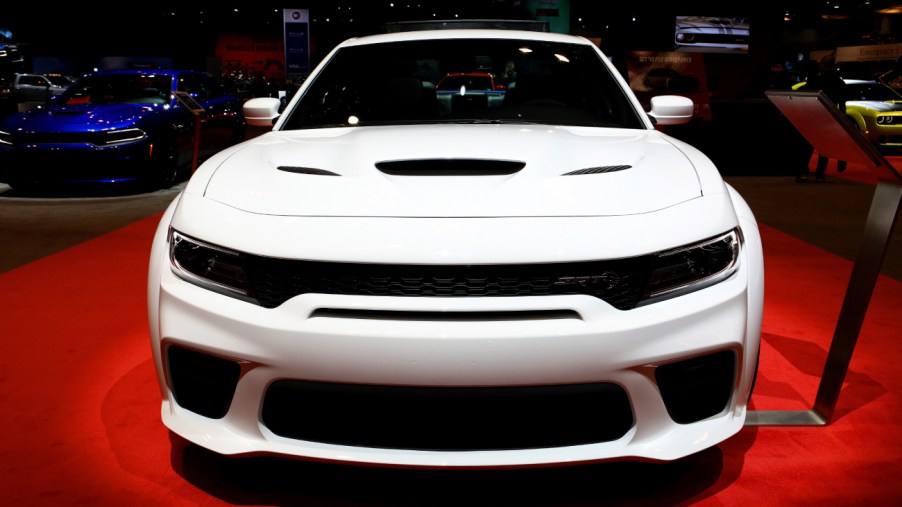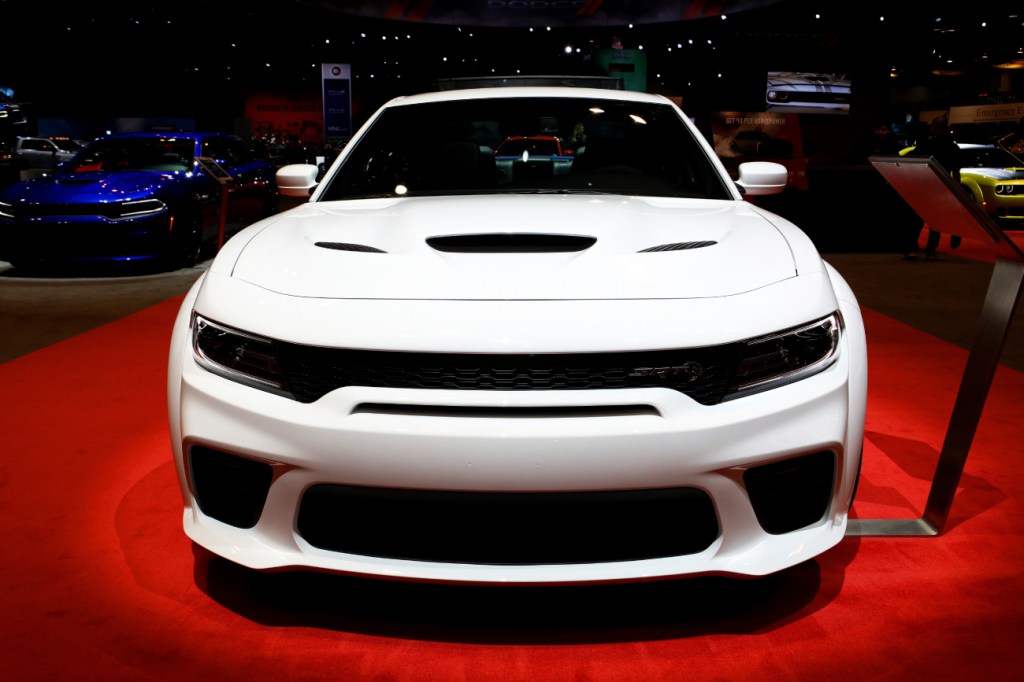
Consumers and Critics Don’t Agree About the 2020 Dodge Charger
One of the best things about the auto industry is how diverse the vehicles can be. What one set of consumers might want in a Honda Accord is completely different from the needs of a Chevrolet Silverado buyer. Car shoppers come from all walks of life with entirely different needs.
Some vehicles are so divisive that they even find a level of popularity with consumers that isn’t matched by critics, even though everyone is ostensibly looking for the same things. The 2020 Dodge Charger seems like it should check all the boxes but critical reception has been lukewarm. So why are Charger buyers loving it so much?
How the Dodge Charger cornered the market
The Dodge Charger was a hit in the ’60s and ’70s, eventually coming back a few years later before the model was put on the shelf until 2005. Starting with the 2006 model year, Dodge has released a new version of the Charger every year through 2020.
The seventh generation of Chargers debuted in 2011 and has sold well, managing to grow in popularity over time. Sales figures from Good Car Bad Car reveal that the Dodge Charger is by far the best seller in its class, moving twice the units that its closest competitor (the Chevrolet Impala) did.
The 2020 Dodge Charger has plenty of advantages over the Impala and the rest of the vehicles in its class. 10 years into the seventh generation of the model, Dodge hasn’t seen the need to make any major changes.
Year after year, the vehicle is improved enough to make consumers feel comfortable purchasing a new one. But there are no major flaws, despite a few consistent complaints. Dodge isn’t overlooking anything that would cause lower sales, they simply haven’t needed a redesign because consumers are happy. They know what they’re buying, and they’re satisfied.
Where the critics and buyers disagree

However, this isn’t reflected in critics’ scores. When Consumer Reports graded large sedans, the 2020 Charger came in sixth (out of six). The Toyota Avalon, the Kia Cadenza, the aforementioned Chevrolet Impala, the Nissan Maxima, and the Chrysler 300 all scored higher than the Dodge Charger.
The lowest fuel economy (20 mpg) and a mediocre reliability rating hurt the Dodger Charger’s score, but they certainly didn’t seem to hurt its sales. Dodge is a company that’s built a reputation on providing consumers the car they want and need, not scoring points with the judges.
That’s not to say that the Dodge Charger has no issues. The transmission, electronics, and windows have caused problems for many drivers throughout the seventh-generation redesign and critics are justified in giving the vehicle a low score.
However, that hasn’t translated into driver dissatisfaction. The Charger is a vehicle so ingrained in American culture that it starred alongside Vin Diesel and Paul Walker in the early Fast & Furious films — which even led to an official LEGO set.
Why the Dodge Charger will remain on top
People love the Charger for many reasons. It’s American, it’s strong, it’s reliable — you can even choose the perfect trim for your situation. Dodge clearly understands their niche in the market, and they’re not wasting time and R&D money trying to satisfy a subset of critics that don’t get the Charger.
Mediocre reviews haven’t impacted the massive number of sales over the past decade, and it’s unlikely that they’ll suddenly start to do so in the future.
The 2020 Dodge Charger follows in the footsteps of previous model years. It doesn’t try to do anything it’s not built for, and it gives buyers the experience they crave. Whether critics recognize the Dodge Charger for what it accomplishes or not, it looks like they’ll keep flying off the lot.


